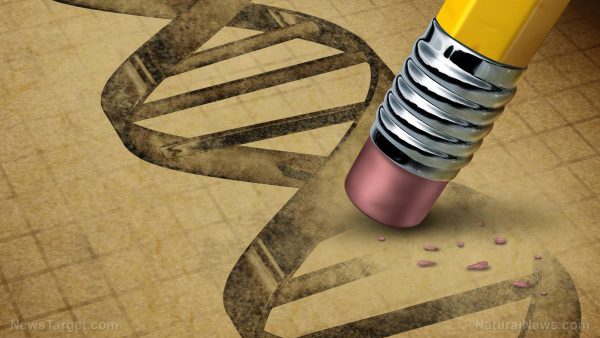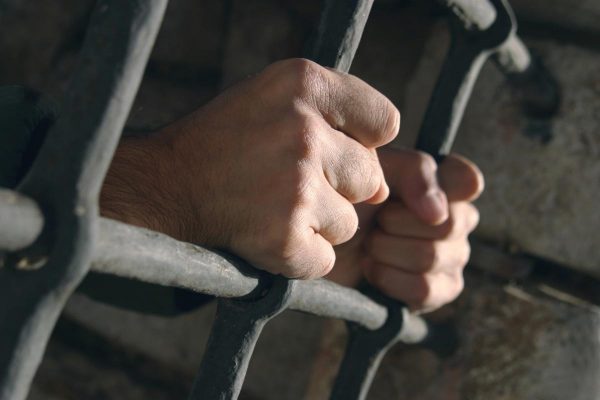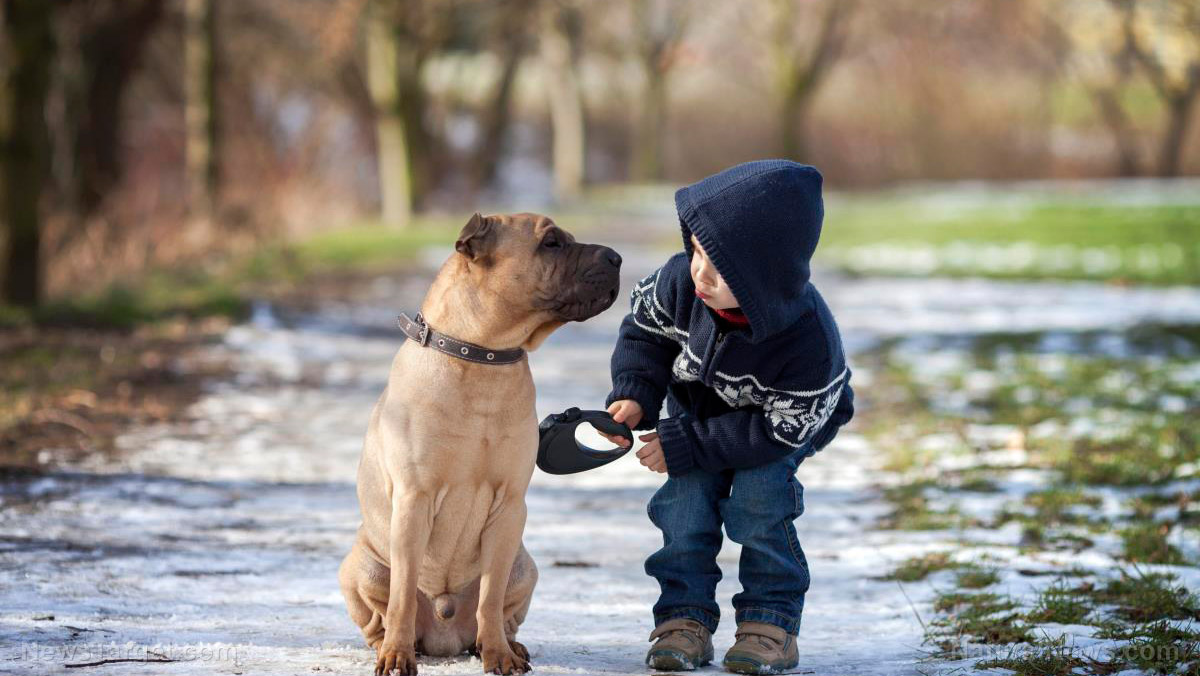World’s first primates have been cloned, putting science on a collision course with the ethical conundrum of cloning humans
02/01/2018 / By Isabelle Z.

Cloning humans might not be as far off as many of us would like to believe with the news that Chinese scientists have successfully cloned two monkeys with the same technique that created Dolly the Sheep.
Using a technique known as somatic cell nuclear transfer, DNA was taken from a fetus cell from a macaque monkey, placed in an egg, and artificially fertilized to create an embryo that was later born to a surrogate. Hua Hua and Zhong Zhong were born six and eight weeks ago respectively, and scientists are attributing their success to reprogramming genes from the cloned embryos in a way that allowed them to develop correctly in the womb.
The two female monkeys are now being bottle fed and are reportedly growing normally. The identical long-tailed macaques were born just two weeks apart at the Chinese Academy of Sciences lab. Another pair that was created using the DNA from a live adult did not survive. More macaque clones are expected to be born in the next few months.
A rhesus monkey was created using embryo splitting back in 1999. However, it was technically not a clone but rather “enforced twinning” as that particular method replicated the embryo splitting in the womb to form twins and can only create a maximum of four clones. In contrast, the new DNA method allows for unlimited clones. DNA from the monkeys’ ears confirmed that they were completely identical.
The same technique was used to create Dolly the Sheep more than two decades ago in Edinburgh using a single udder cell. Since then, 23 different mammal species have been cloned in the same manner, including dogs, cats, cows and rats. The scientists say they’ve now overcome the last barrier to human cloning and believe their efforts could help provide treatments for illnesses like Parkinson’s and Alzheimer’s.
Human cloning just around the corner?
While Dr. Mu-Ming Poo has said that cloning humans is not his goal, there are plenty of concerns that this will be the next logical step now that it’s been proven that primates can be cloned in this manner. Human cloning for reproduction has already been banned in many countries, and a U.N. declaration back in 2005 called on nations to prohibit it, saying it is “incompatible with human dignity and the protection of human life.” That probably won’t be enough to stop those who are determined to clone humans, however.
Even though it’s now theoretically possible, it is worth noting that the clones were created from the cells of a fetus rather than an adult monkey. The scientists were unsuccessful in cloning macaques with cells from adult monkeys and were only able to make clones using aborted macaque fetuses. This means there will still be some hurdles to clear before human cloning would be more viable. Those who would somehow be interested in cloning humans would most likely want to clone an adult.
Many animals lost their lives in the pursuit of this milestone. The Chinese researchers started with 290 macaque monkey eggs for the adult cell experiment, from which they created 192 embryos. They tried to transplant 181 of those embryos into 42 surrogate mother monkeys, resulting in 22 pregnancies. Just two baby monkeys were born alive via C-section, and both were dead within 30 hours. Such a record with humans is absolutely unimaginable and it’s hard to imagine researchers trying such a feat or finding willing volunteers. Even if the procedure were somehow made safer, there would still be the issue of what benefit cloning humans would actually provide that would make the risks worth it – and it’s hard to think of a single one.
Follow more news on science at Science.news.
Sources for this article include:
Tagged Under: Cloning, Dolly The Sheep, ethical conundrum, genetic lunacy, human clones, human cloning, medical ethics, monkeys, precautionary principle, reproduction, scientific boundaries, scientific breakthrough, somatic cell nuclear transfer, weird science




















